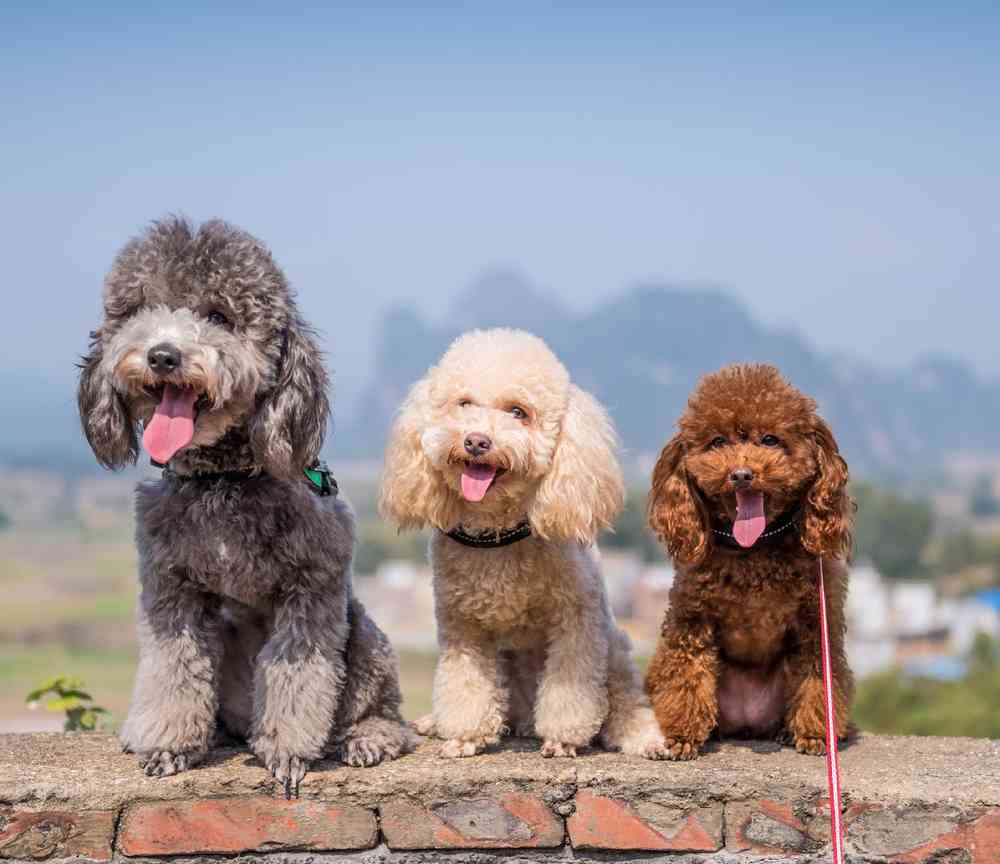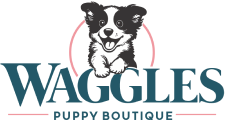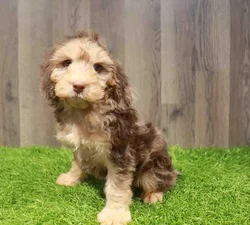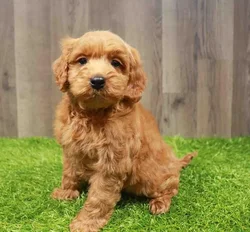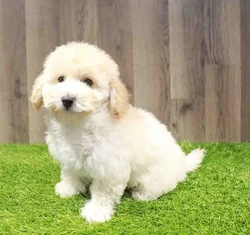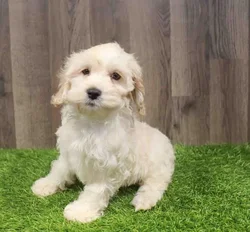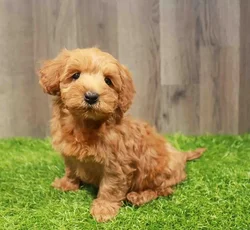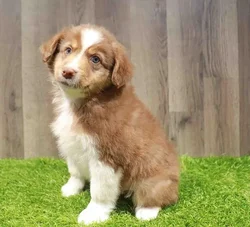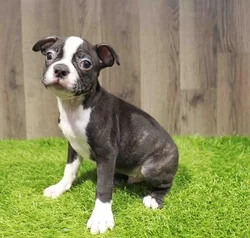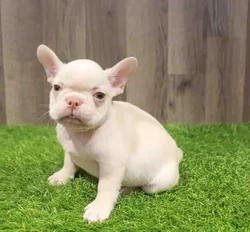(a) Quality--(1) Curly: of naturally harsh texture, dense throughout. (2) Corded: hanging in tight even cords of varying length; longer on mane or body coat, head, and ears; shorter on puffs, bracelets, and pompons. (b) Clip-- A Poodle under 12 months may be shown in the "Puppy" clip. In all regular classes, Poodles 12 months or over must be shown in the "English Saddle" or "Continental" clip. In the Stud Dog and Brood Bitch classes and in a non-competitive Parade of Champions, Poodles may be shown in the "Sporting" clip. A Poodle shown in any other type of clip shall be disqualified. (1)"Puppy"--A Poodle under a year old may be shown in the "Puppy" clip with the coat long. The face, throat, feet and base of the tail are shaved. The entire shaven foot is visible. There is a pompon on the end of the tail. In order to give a neat appearance and a smooth unbroken line, shaping of the coat is permissible. (2) "English Saddle"--In the "English Saddle" clip the face, throat, feet, forelegs and base of the tail are shaved, leaving puffs on the forelegs and a pompon on the end of the tail. The hindquarters are covered with a short blanket of hair except for a curved shaved area on each flank and two shaved bands on each hindleg. The entire shaven foot and a portion of the shaven leg above the puff are visible. The rest of the body is left in full coat but may be shaped in order to insure overall balance. (3) "Continental"--In the "Continental" clip, the face, throat, feet, and base of the tail are shaved. The hindquarters are shaved with pompons (optional) on the hips. The legs are shaved, leaving bracelets on the hindlegs and puffs on the forelegs. There is a pompon on the end of the tail. The entire shaven foot and a portion of the shaven foreleg above the puff are visible. The rest of the body is left in full coat but may be shaped in order to insure overall balance. (4) "Sporting"--In the "Sporting" clip, a Poodle shall be shown with face, feet, throat, and base of tail shaved, leaving a scissored cap on the top of the head and a pompon on the end of the tail. The rest of the body, and legs are clipped or scissored to follow the outline of the dog leaving a short blanket of coat no longer than one inch in length. The hair on the legs may be slightly longer than that on the body. In all clips the hair of the topknot may be left free or held in place by elastic bands. The hair is only of sufficient length to present a smooth outline. "Topknot" refers only to hair on the skull, from stop to occiput. This is the only area where elastic bands may be used.
